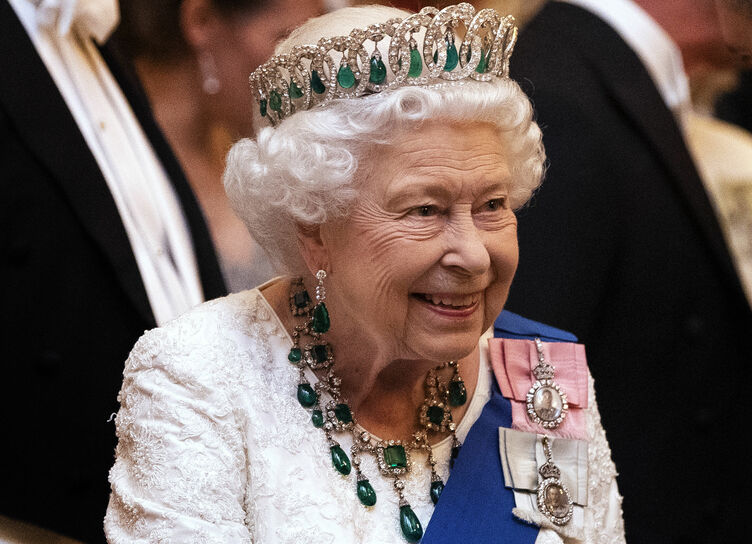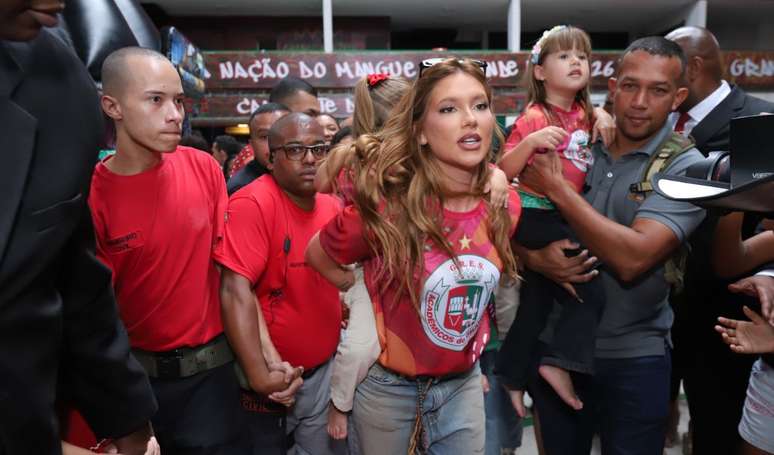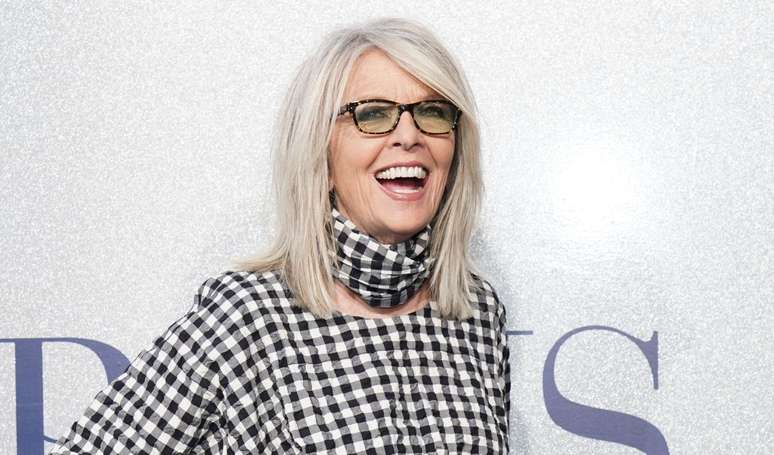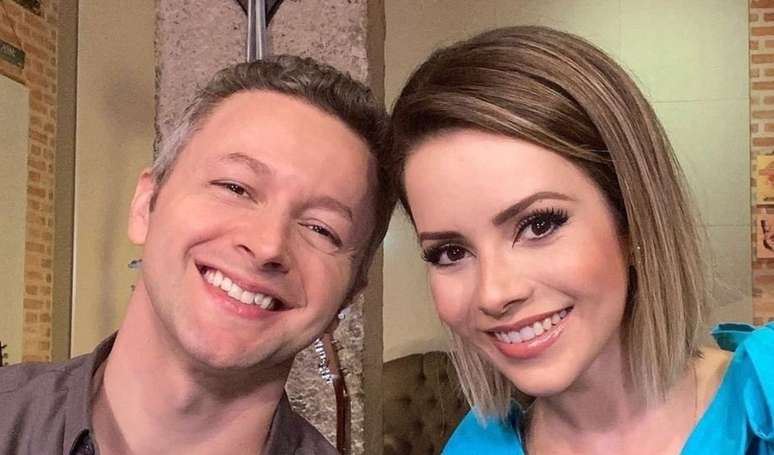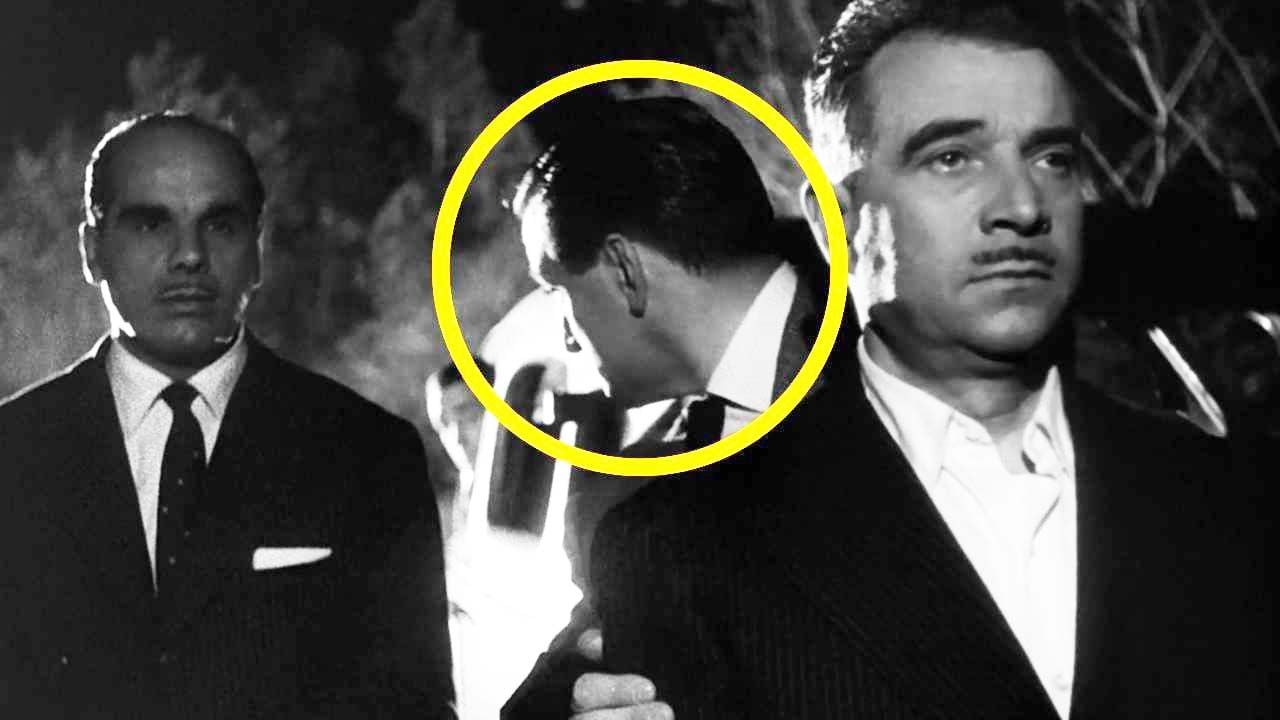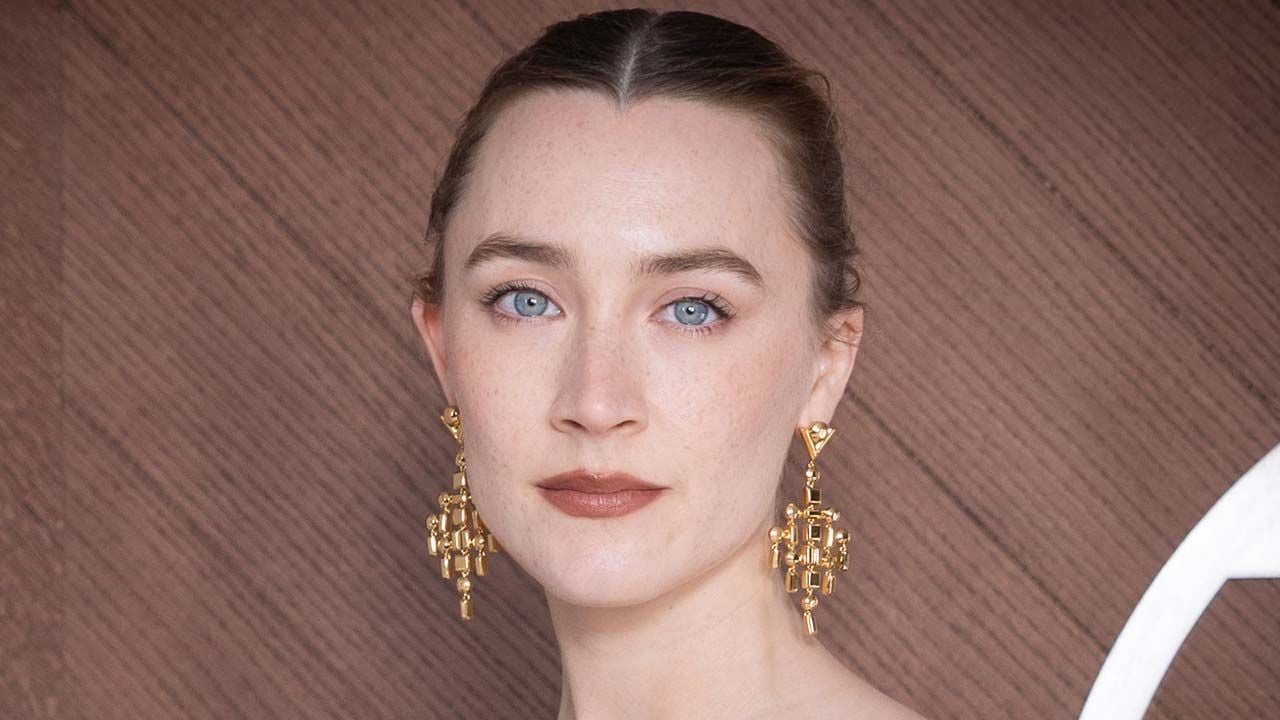Tiaras of the Romanov dynasty — luxurious, mysterious, disappeared and from time to time pop up in various royal and simply noble families of Europe. One of them could be the tiara, in which the Belgian heir to the throne, Elisabeth, appeared at the wedding of Jordanian Prince Hussein and Princess Rajwa. In a collumn hello! we talk about her and other Russian tiaras and their European owners.

Diamond, sapphire, emerald, ruby and other tiaras of the Romanov dynasty were distinguished by their beauty and wealth and were well known in other royal houses of Europe. Moreover, it was from Russia that the fashion came for jewelry that resembles a kokoshnik. Today they are called “tiara frange”. Empress Catherine II introduced at court the fashion for “dress in the Russian manner”, and in the middle of the 19th century under Nicholas I it has become mandatory. At the same time, ladies began to wear tiaras with national colors at official receptions – “les tiares russesas they were called abroad.
Empress Maria Feodorovna, nee Dagmara, daughter of the Danish King Christian, had two such decorations. IX. Her sister Alexandra, wife of the British King Edward VII, seeing an unusual tiara, wished the same. Her wish was fulfilled by the jewelers of the company Garrard. But those who think that the future Queen Elizabeth married in her, and later her granddaughter Princess Beatrice, are mistaken. It was a new fringe tiara purchased by Queen Mary of Teck, wife of King George. V and the chief collector of jewels in the British royal family.

It was she who bought the famous “Vladimir” tiara — the only one whose Russian origin is confirmed and beyond doubt. This jewelry consisted of 15 diamond rings, in the center of each of which was a drop of pearls. It is named after Grand Duke Vladimir Alexandrovich, younger brother of Emperor Alexander III, who in the 1870s ordered it for his bride, the Duchess of Mecklenburg-Schwerin, who later became Grand Duchess Maria Pavlovna. She was one of the few in the Romanov family who, after the 1917 revolution, managed not only to escape from Russia, but also to take away their jewelry. Some of them were hidden in two pillowcases and taken out thanks to the Swedish diplomatic mission, and some of them were helped to cross the border by her British diplomat friend Albert Stopford.
He also stole, at the request of Maria Pavlovna, these treasures, hidden in a cache in one of the walls of the princely palace. Unfortunately, after leaving for emigration, the princess lived only six months. The tiara was inherited by her daughter Elena, wife of the Greek Prince Nicholas. It was in 1920 — three years after the abdication of his father, King Constantine, and the departure of the family from Greece, first to Switzerland, then to France. Elena needed money, and a year later she sold the family tiara to Mary of Teck. I must say that in Britain, the decoration has changed a lot. According to the jewelry portal The court jeweller, initially the base was made of gold, and now — from platinum. In addition, the pearls were made removable and were often replaced with a set of teardrop emeralds. Queen Mary bequeathed a tiara to her granddaughter Elizabeth II, and she treated the decoration very scrupulously. She rarely posed in it for official portraits and didn’t let Meghan Markle wear it to her wedding to Prince Harry.

By the way, for the wedding with the Greek Prince Nikolai in 1902, Maria Pavlovna gave Elena another tiara — “pearl curls”. Initially, it consisted of seventeen diamond circles, each of which curled around a pearl, but two of them were subsequently detached and converted into earrings. This tiara also ended up in Britain: when, in 1934, Helena’s daughter, Princess Marina of Denmark and Greece, married the son of King George and Mary of Teck, the Duke of Kent, she received this family tiara from her mother.
After the death of her husband in a plane crash in Scotland on August 25, 1942, her civil list was annulled. Marina and her small children lived on a modest subsidy from the royal family, she gradually sold off jewelry, but she kept, put on, and let her daughter Alexandra wear Elena Vladimirovna’s gift. However, after her death in 1968, the children had to sell the tiara to pay inheritance taxes. The set still appears in all sorts of books and catalogs of the royal family’s jewelry, but a “private collection” is indicated as the source of the photo.

Princess Marina was a first cousin of Prince Philip, Duke of Edinburgh. He was the son of Prince Andrei of Greece and Alice Battenberg, who, in turn, was the niece of the last Russian Empress Alexandra Feodorovna. For the wedding, Alice received a tiara from her aunt as a gift. And when Philip began to seriously look after the future British Queen Elizabeth, his mother gave him this jewelry so that he could give his beloved a gift worthy of her. Diamonds from this tiara went to the bracelets that Philip gave to the bride in honor of their engagement, as well as to the engagement ring that the queen wore until the end of her days. So we can say that Elizabeth II owned another tiara, which was of Russian origin, but … in parts.

Another wedding gift made by Nikolay II and his wife to his relative, just a few years ago went under the hammer at auction Bruun Rasmussen. It was a tiara of sapphires and diamonds that could also be worn as a necklace. The Emperor and Empress commissioned it in 1898 for 18-year-old Alexandrine of Mecklenburg-Schwerin, and shared the cost, paying just under 4,000 rubles each. The mother of the bride, Grand Duchess Anastasia Mikhailovna, was the emperor’s cousin. And the mother of Nicholas II, Empress Maria Feodorovna, nee Princess Dagmar, was the groom’s aunt — future king of Denmark, Christian X.
Nevertheless, the Russian emperor and empress did not go to the wedding, limiting themselves to sending Alexandrina a luxurious gift. her granddaughter — current Danish Queen Margrethe II — She repeatedly said that Grandma was never a big fan of jewelry. She rarely wore the tiara. But the peculiarity of this decoration is that its different parts can be detached for use in various configurations. And Queen Alexandrina wore them as pendants and brooches. In 1933, she presented the precious set as a wedding gift to the bride of her youngest son, Prince Knud. — Caroline Matilda.
After 30 years, the princess turned to the Danish court jeweler with a request to turn this “constructor” into a traditional and modern diadem. It was in this form that the jewel came up for auction. Caroline-Mathilde died in 1995 and the tiara was inherited by her youngest son, Count Christian Rosenborg. He gave it to his wife for her fiftieth birthday. She has worn the tiara to various occasions for the Danish royal family, including Queen Margrethe II’s 70th birthday celebration in April 2010. But, the further the relationship became, the less likely it is to get to an event with the participation of royals. The heirs of the Rosenborg counts decided to sell the jewelry, which was estimated at about 300 thousand euros.

The Romanov family owned an extensive collection of jewelry, estimated to be worth more than $700 million, and much of it disappeared after the revolution. It is not surprising that suspicions are constantly raised about new antique tiaras in which royals appear. This happened to Belgian Crown Princess Elisabeth, whose parents gave her a piece of jewelry for her 18th birthday, strikingly similar to the tiara of the last Russian Empress, but with diamonds instead of pearls in the top row.
Alexandra Fedorovna received it as a gift from her father — Grand Duke of Hesse — before his wedding to Nicholas II. Many years after the revolution and the execution of the royal family, in 1933 in Tobolsk, in the basement of the house of the merchant Chemadurov, a treasure was found with the Romanovs’ jewelry, among which was this tiara. Everything was sent to Moscow, but disappeared along the way. Meanwhile, Princess Elizabeth’s piece of jewelry was reportedly bought by her parents from a baroness who wished to remain anonymous. But at the same time, it is very similar to the tiara worn in the 1920s by Evelyn Broadstone, an American, second wife of Baron Vesti. She was originally from Superior, Nebraska, and took a job as a stenographer in the Chicago branch of the British meatpacking and shipping firm Vestey Brothers.
Her business acumen helped her quickly rise through the ranks, and eventually she became one of the leaders of a firm in America. At 49, she married William Vesti, one of the founders of the company. A few months after her wedding on June 26, 1925, Lady Evelyn Vesti of Nebraska was introduced to the court of King George V and Queen Mary of Teck, and for the occasion she wore a tiara. William and Evelyn had no children, and after their death, the title and property were inherited by the son of the baron from his first marriage. Tiara remained in the Vesti family for at least three more generations. In May 1997, Saffron Vesti wore it to her wedding. The further fate of the tiara is unknown. Did King Philippe of Belgium buy one of these two pieces of jewelry for his daughter, or was there another one like it? — this is another mystery of the jewelry of the Romanovs.


Source: Hellomagazine
Ashley Fitzgerald is a journalist and author at Gossipify, known for her coverage of famous people and their lives. She writes about a wide range of topics, including celebrities, influencers, social media stars, and public figures. Her articles are known for their in-depth analysis and unique perspective. She is respected for her ability to keep readers up to date with the latest news and trends of the famous people.

